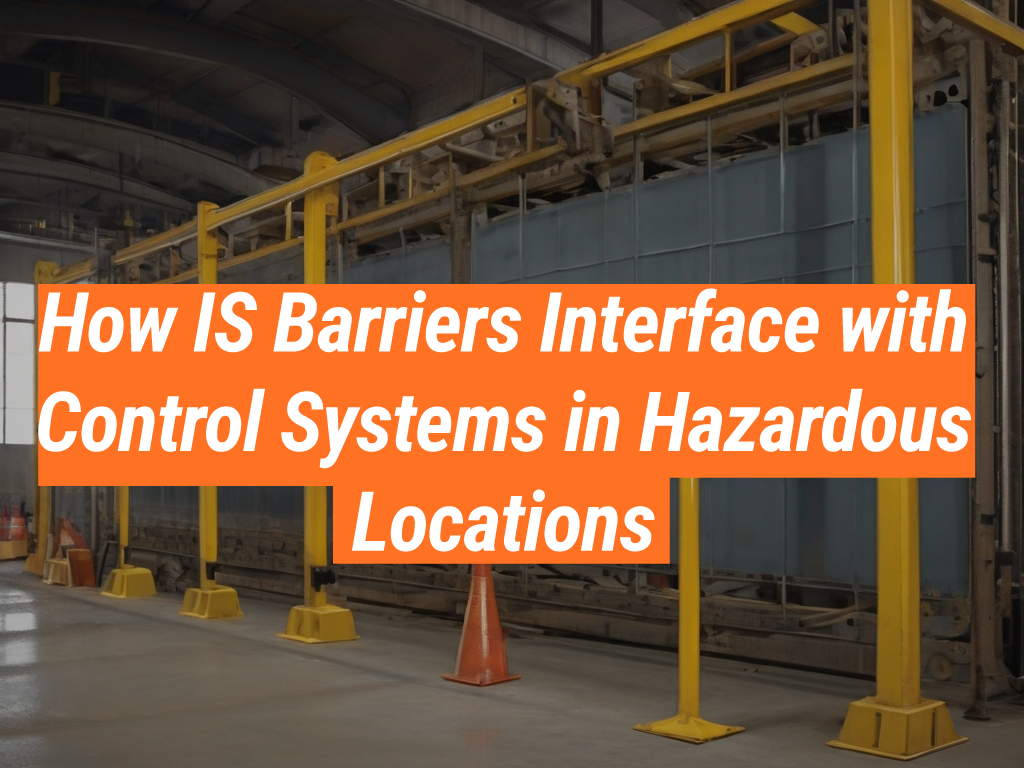When it comes to hazardous environments, safety is paramount. This is where companies like the Intrinsically Safe Store come into play, providing solutions that ensure safety in potentially explosive atmospheres. One such solution is the use of Intrinsically Safe (IS) barriers in conjunction with control systems. This article delves into how these barriers interface with control systems in hazardous locations. We invite you to visit the Intrinsically Safe Store to learn more about these safety solutions.
What are IS Barriers?
Safety devices design IS barriers to limit the energy (electrical and thermal) available for ignition in hazardous areas. They prevent the transmission of excessive voltage or current from the safe area to the hazardous area, thereby preventing potential explosions.
How do IS Barriers Interface with Control Systems?
Control systems integrate IS barriers to ensure safe operation in hazardous locations. Typically, these barriers connect between the control system and the field device (e.g., sensors, transmitters) located in the hazardous area.
- The control system sends a signal to the IS barrier, which then reduces the energy of the signal before it reaches the field device.
- The field device sends a signal back to the IS barrier, which then passes the signal to the control system.
This two-way communication ensures that the control system can safely monitor and control field devices in hazardous areas.
Real-World Application: Oil and Gas Industry
The oil and gas industry is a prime example of where IS barriers and control systems are used in tandem. In this industry, hazardous locations are common, and the risk of explosion is high due to the presence of flammable gases and vapors.

IS barriers are used in conjunction with control systems to safely monitor and control processes such as drilling, extraction, and refining. They ensure that the energy transmitted to the field devices in these processes is below the ignition energy of the hazardous atmosphere, thereby preventing potential explosions.
Importance of IS Barriers in Control Systems
IS barriers play a crucial role in control systems in hazardous locations. They not only prevent potential explosions but also ensure the safe and efficient operation of the control system.
- They prevent damage to the control system and field devices by limiting the energy transmitted.
- They ensure the reliability of the control system by allowing safe two-way communication between the control system and field devices.
Ensuring Safety in Hazardous Locations with IS Barriers
In conclusion, IS barriers are an integral part of control systems in hazardous locations. They interface with control systems to ensure safe operation in potentially explosive atmospheres. By limiting the energy transmitted and allowing safe two-way communication, they prevent potential explosions and ensure the reliability of the control system.
At the Intrinsically Safe Store, we understand the importance of safety in hazardous locations. We offer a wide range of IS barriers and other safety solutions to meet your needs. If you have any questions or need further information, please contact us.


























